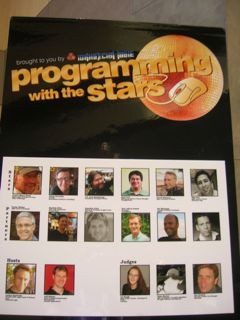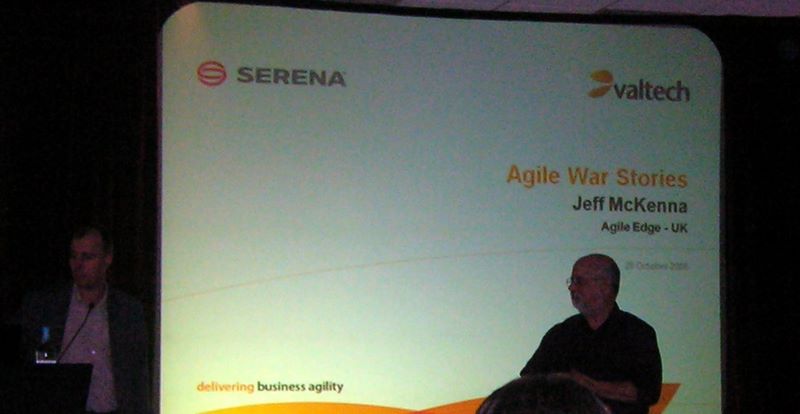Lime MVC : simple and extensible
May 29th, 2012Being a complete fan of google Guice, I look around to find some equivalent of Spring MVC that I could plug with Guice injection instead of Spring’s.
After a few month using various features of Lime-MVC, I can say this is the kind of tool I like : simple, easy to use, productive, and at the same time quite configurable and extensible. Several times I thought “well, maybe this is where it’s going to be a bit more difficult”, and very quickly I found the perfect API in Lime to do exactly what I wanted in an elegant way.
Lime MVC is simple
The initial idea of Lime MVC is to provide a lightweight tool similar to Spring MVC, but with Guice injection.
Your controllers look like :
@Controller
public class BookStoreController {
@Path(”/books”) @Model(”books”) @View(”view.jsp”)
public List getBooks(
@RequestParameter(”author”) String author) {
//fill a list of books
…
return booksList;
}
}
and your webapp use a Lime Servlet initialized with :
public class MVCConf extends GuiceServletContextListener {
@Override
protected Injector getInjector() {
Injector injector = Guice.createInjector(
new MvcModule() {
@Override
protected void configureControllers() {
control(”/bookstorecontroller/*”)
.withController(BookStoreController.class);
}
});
return injector;
}
}
It provides sensible basic features out of the box
Of course, your controllers methods can take arguments corresponding to request params, to params extracted from rest-like URLs, etc, based on java annotations. You can define regexp to specify which parts of the URL might be used as parameters.
It also has some default converters for Dates, numeric types, etc.
It gives you low level access and can be extended when required
When you need to do so, it is dead easy to work directly with HttpServletRequest/HttpServletResponse objects.
Also, Lime MVC is quite modular and its design is easy to understand. It provides APIs where you can plug your own way of resolving views, converting parameters, handling exceptions, etc.
To illustrate this, Lime MVC works with JSP views, and you can easily switch to other template engines. Lime MVC has out of the box extensions for JSilver, Velocity and Freemarker, but it is really easy to add your own extension to create other view types, for example to return JSON object using google’s GSON or any other JSON converter you like.
The framework does not force you to use specific implementations, yet makes it easy to plug your own preferred tools in it.
All in all, I found Lime MVC to be non-intrusive, lightweight and easy to customize.






